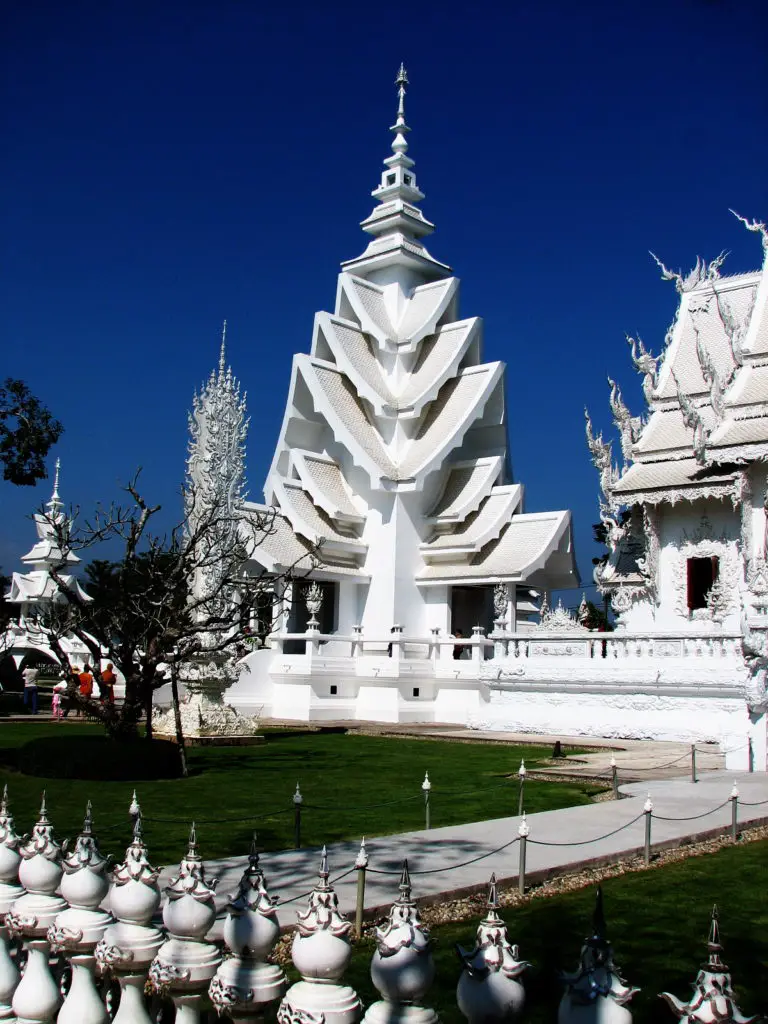Maybe Thailand had a lucky escape when the 2014 Thailand earthquake struck. The futility of man’s attempts to control the world and prepare for natural disasters is never evidenced more than after a natural disaster. Then we realise how under-prepared we are and talk about how we can prepare better.
The domination of our planet by mother nature is something humans still seem unable to come to terms with. The earthquake in Chiang Rai was another reminder.
Thailand is prone to natural disasters, such as floods, droughts, tropical storms, and forest fires, but weak to moderate (below magnitude 6.0) earthquakes are not uncommon and earthquake risk should not be underestimated. In the last two decades, three notable earthquakes have affected Thailand, resulting in extensive damage and/or loss of life.
Abstract from Verisk
Of all Thailand earthquakes, the 2014 Thailand earthquake in Mae Lao, Chiang Rai, northern Thailand, was one of the biggest ever in the country. According to the National Disaster Warning Center Director Somsak KhaosuwanIt it was the strongest earthquake ever recorded in Thailand. Over 15,000 buildings were damaged, and 107 people were injured. Fortunately, there was only one death.
But limited loss of life is not a valid reason to be complacent
What happened?
In Chiang Rai’s district of Mae Lao, a shallow earthquake measuring 6.3 temblors struck on Monday 5th May 2014. The tremors were felt 800kms away in Bangkok, and in Chiang Mai there was a severe shock.
For, what seemed like an age, but was probably only 20 seconds, I imagined I was having a severe bout of vertigo. Although I soon realised I wasn’t, it was enough time to send my pulse racing and the adrenalin pumping.
There were 180 aftershocks, which, although still disconcerting, were not as traumatic.
According to reports, Thailand’s earthquake killed one person and injured many others. They evacuated Chiang Rai airport, because of structural problems. And considerable damage severely affected the main 118 highway between Chiang Mai and Chiang Rai.
Wat Rong Khun, the famous white temple, was closed to visitors indefinitely.
Wat Rong Khun was hit badly by the 2014 Thailand earthquake
I have written an article specifically about the damage caused to the famous White Temple, Wat Rong Khun, in Chiang Rai. You can also read about Wat Rong Khun.
Reaction to Thailand’s earthquake
Fortunately, there was no damage to property in Chiang Mai, but the shock affected many people. The weird sensation that everything around you is moving uncontrollably is disorienting, bizarre, and scary.
If you have ever suffered from vertigo, then you will have a sense of how it feels, but it can be worse. An earthquake is a natural phenomenon, yet the feeling is totally unnatural. Maybe it was the surprise, not the tremor that I found unnerving. In an instant, I realised how insignificant and powerless I was. At the mercy of mother earth who can do her thing whenever she wants.
We are part of the natural world, but on a short lease. Bed and breakfast – if you like. Any aspirations of a more permanent nature are purely delusional and an earthquake is a sharp reminder.
How to prepare for an earthquake at home
Earthquakes are inevitable, a force of nature over which we have no control. But if you live in a part of the world that is susceptible to earthquakes and tsunamis, there are ways to reduce the bad effects on your home and family.
Knowing how to prepare for an earthquake at home may go some way towards protecting you.
Four basic steps that will prepare you for an earthquake:
I particularly like this straightforward and practical advice from USGS – Science for a changing world
Step 1:
Secure your space by identifying hazards and securing moveable items.Step 2:
Plan to be safe by creating a disaster plan and deciding how you will communicate in an emergency.Step 3:
Organize disaster supplies in convenient locations.Step 4:
USGS
Minimize financial hardship by organizing important documents, strengthening your property, and considering insurance.
Final thoughts
I am a great admirer of the Dalai Lama, and I understand when he says we should not worry about the things we can do nothing about. But it is not so easy when your very existence is threatened, in an instant, by nature. I have always believed that we should welcome, embrace and strive to understand all things natural.
I was not far away in Chiang Mai when it happened. And after the 2014 Thailand earthquake, I may have subconsciously modified those beliefs. But I am guilty of taking no action to protect my home and family.
One fatality is one too many, and I was relieved the quake did not cause more serious damage.


